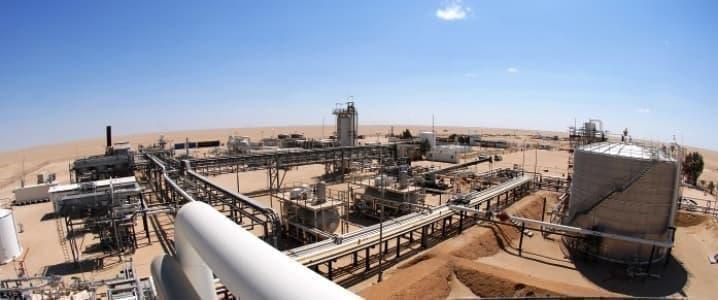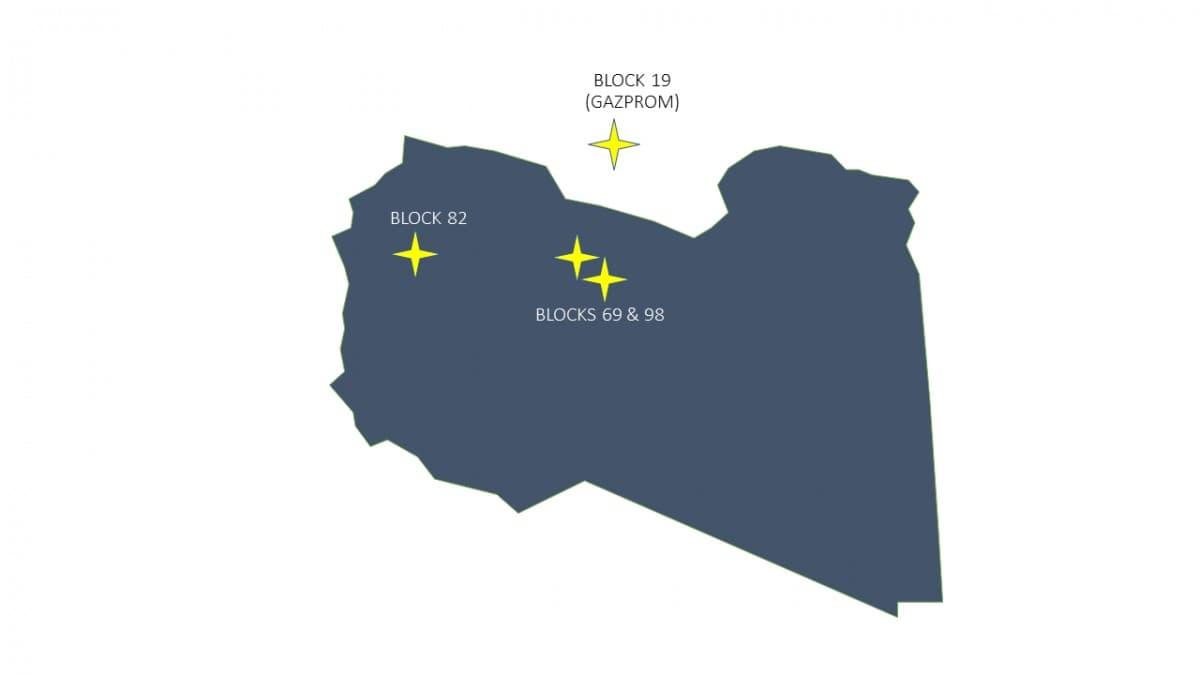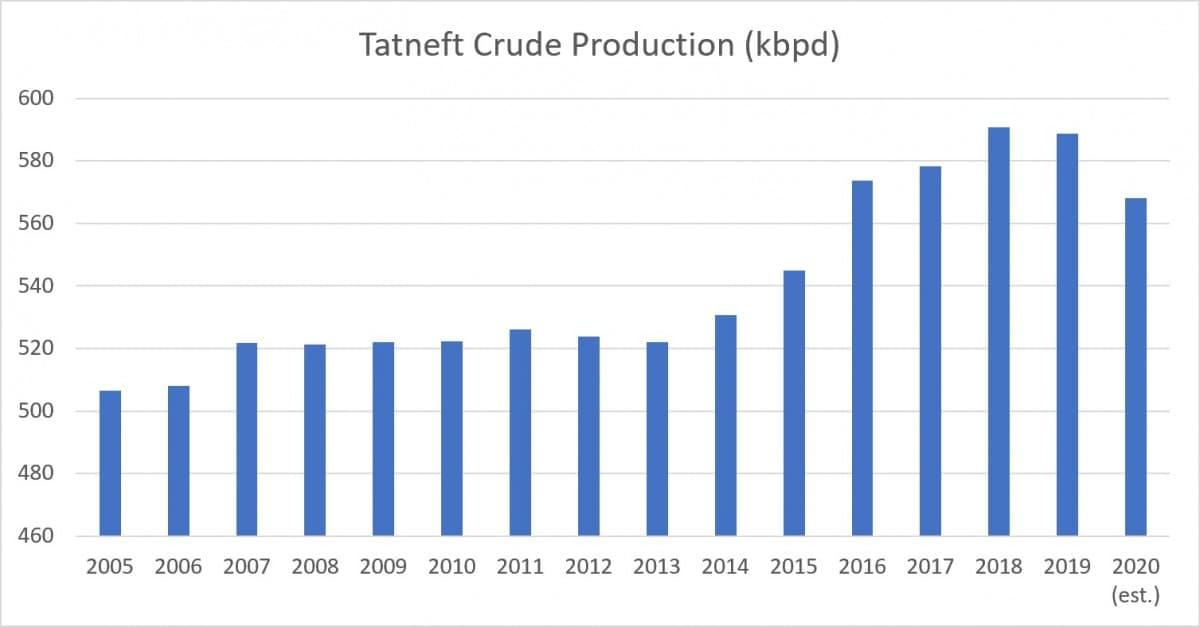Putin Makes A Move In Libya's Oil Crescent
Authored by Viktor Katona via OilPrice.com,
Whenever a major oil-producing region is engulfed in prolonged warfare, speculation starts to abound regarding all the potential changes to its oil and gas policy and the companies willing to take a share in its projects. The future of Iraqi oil production seems more or less settled for the upcoming years with international majors operating the most complex and grand-scale enterprises, whilst the Iraqi state companies generate know-how. Syria, too, despite occasional flareups, seems to have decided which way to go with its hydrocarbon projects – the likelihood that state-affiliated companies from Russia or China will play a crucial role in re-erecting the country’s damaged infrastructure is higher than ever. But what about Libya?
The above question might be put a tad differently - projects which remained safe throughout the past months and years will surely remain as they function today but what would happen to the ones near or inside conflict zones? Deciding to invest into Libya’s upstream requires a substantial amount of courage as the North African country is still torn between two rival governments, still struggles to come to terms with the Field Marshal Haftar-led offensive on Tripoli. Thus, if one is to invest into onshore projects (offshore production has remained uninterrupted throughout the Civil War), especially in territories which might be considered disputed, one needs some solid backing. Perhaps a return of a Russian oil company might provide a compass for future projects to come.
Tatneft has resumed exploration in its Block 04 acreage within the Ghadames Basin early December, less than 2 months after it had publicly voiced its interest in returning to the North African country. Having clinched eight blocks in Libya in the 2006-2007 licensing rounds and all of them under 100% control and operatorship, Tatneft managed to drill 6 wildcats in the first years of appraisal (with 2 commercial discoveries announced in Block 04). The seismic surveys of the Ghadames blocks are still not finalized – AGESCO was tasked now to follow up with the remaining acreage that was still not covered in 2014 when Tatneft announced its suspension of all activities.
Graph 1. Tatneft Acreage in Libya.
Source: Author.
Tatneft claims that it would seek to invest $15 billion in new upstream investment by 2040, although the majority of those would go to projects in the Volga-Urals Basin in Russia. Moving abroad would also be considered a good step for Tatneft as it still has some reputation to ameliorate following its 2000s investments into Libya and Syria. It has spent more than $200 million in Libya without any tangible results so far, hence the pressure to deliver is manifest. Although it might be justifiably claimed that the Civil War rendered field development impossible and that less than half of the 14 years that passed since the signing of the first production sharing deal has actually passed, still, a Libyan breakthrough might be Tatneft’s best option to effectuate a real breakthrough.
It has been reported that the Libyan NOC might compel Tatneft to take an even more active role in Libyan upstream, with political backing to keep the burgeoning negotiations intact. The crux of the matter lies in LNOC’s relative lack of experience with heavy viscous crudes, a segment in which Tatneft (thanks to its extensive experience with sulphurous crudes from depleted reservoirs) could be very helpful. This was one of the reasons why LNOC reached out to Tatneft to start joint work on heavy projects, too. Tatneft is one of the key recipients of Russian tax exemptions as most of its output comes from fields that are considered “depleted” – thus allowing to keep its production relatively cost-efficient despite the usage enhanced oil recovery (EOR) methods.
Graph 2. Tatneft Crude Production in 2010-2019.
Source: Tatneft reports.
The rationale behind Tatneft’s decision is straightforward enough – compelled to work in the mature producing Volga-Urals region (i.e. in and around Tatarstan) with very little international upstream exposure, the company needs high-profile assets that can insulate it from sudden risks and diversify its resource base. The Russian firm’s production has been on the increase in the past 5 years, expected to reach 588kbpd in 2019 yet its future progress depends to a great extent on externalities – i.e. whether the government continues to subsidize mature production by means of tax exemptions, whether it does not separate heavy sour Tatneft crude into the occasionally flaunted Urals Heavy stream and whether external pricing would support the usage of EOR techniques.
Given that it is Libya it seeks a return to, a nation that Moscow has long sought to cultivate friendly relations with, the Russian state would buttress its claim going forward. Tatneft could opt to develop its acreage in the Sirte Basin, too, however saw Ghadames a more viable bet. This might seem odd given the constructive relationship between Moscow and Field Marshal Haftar – Sirte is much deeper in Haftar-controlled territory and thus might be perceived as safer to work at – yet in this case it is the 3 previous discoveries that eventually carried the day. If heavy streams are added to Tatneft’s portfolio or if Gazprom decides to restart works on its offshore block, the political link between Moscow and Tripoli might get even more thorough.
https://ift.tt/2Sv4DoQ
from ZeroHedge News https://ift.tt/2Sv4DoQ
via IFTTT







0 comments
Post a Comment